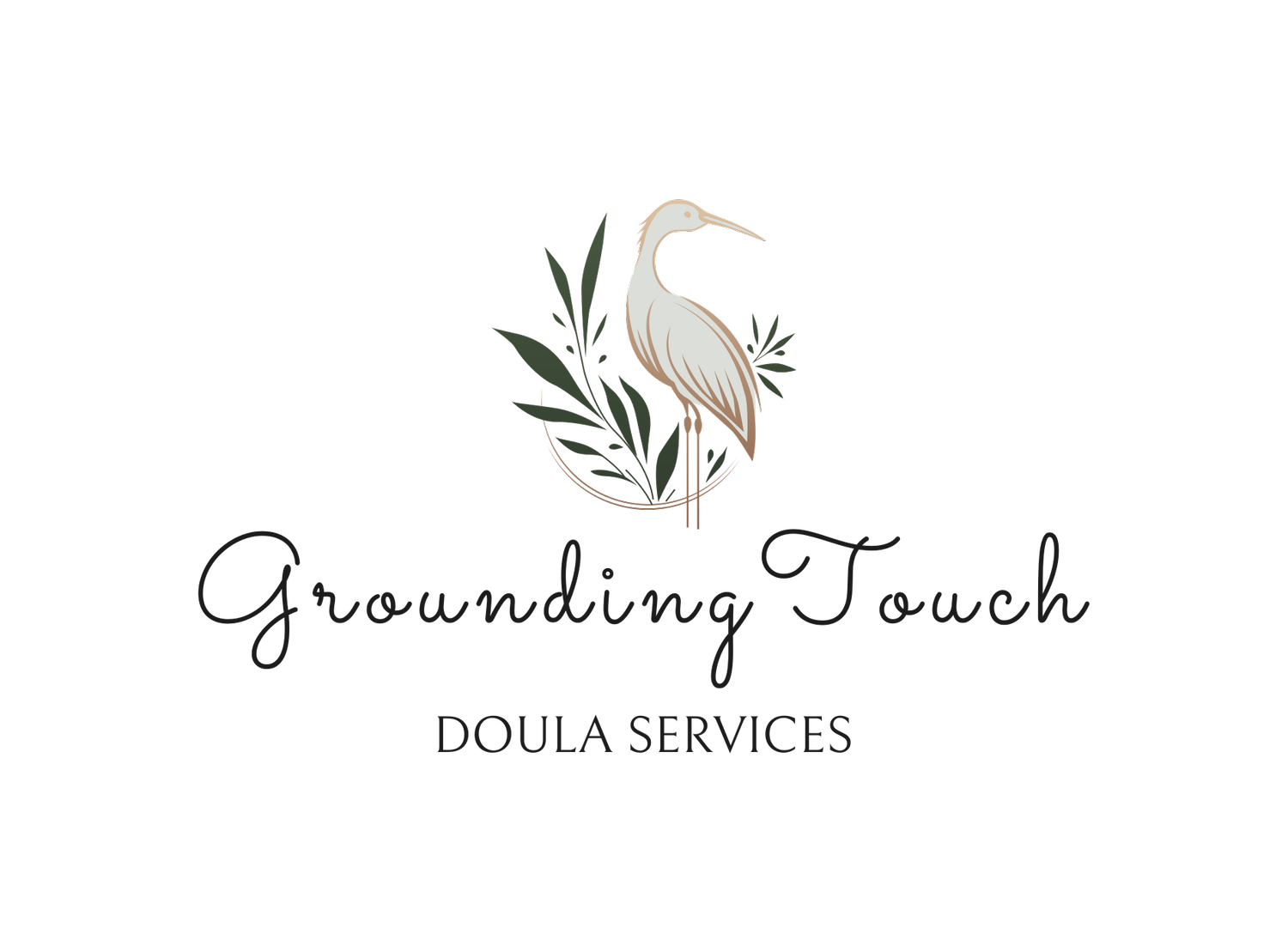The Placenta: The Magical Organ That Nourishes Life
The placenta is often overlooked in conversations about birth—but this powerful, temporary organ is nothing short of magical. It’s the only organ your body grows just for a specific purpose—and then releases when that purpose is complete. If you’re pregnant or planning for birth, understanding the placenta’s role can help you connect more deeply with your body’s innate wisdom.
What Is the Placenta?
The placenta is a unique, multifunctional organ that develops in the uterus during pregnancy. It connects to the baby via the umbilical cord and plays the role of lungs, liver, kidneys, and immune system for the baby until birth.
The placenta forms shortly after implantation of the embryo into the uterine lining. By the end of the first trimester, it has taken over many critical functions from the corpus luteum, including hormone production, nutrient transfer, and protection.
What Makes the Placenta So Remarkable?
1. Lifeline Between Parent and Baby
The placenta transports oxygen and nutrients from the birthing parent’s bloodstream to the baby while removing waste products like carbon dioxide.
2. Hormone Factory
The placenta produces essential hormones like:
Human chorionic gonadotropin (hCG) – supports early pregnancy
Progesterone – maintains the uterine lining
Estrogen – helps grow the uterus and prepare the body for birth
Human placental lactogen (hPL) – supports fetal growth and alters metabolism to make more nutrients available
3. Immune Shield
It acts as a barrier that helps protect the baby from infections, though it isn’t foolproof. Some substances (like viruses or drugs) can still cross the placental barrier.
4. Dual Circulation Without Mixing Blood
The placenta allows for exchange of substances between parent and baby without mixing blood—a biologically elegant system that prevents immune rejection and keeps both bodies in balance.
What Happens to the Placenta After Birth?
After the baby is born, the body typically enters the third stage of labor: delivery of the placenta. Most placentas are expelled within 5–30 minutes after birth. Some families don’t think much about the placenta after this stage, while others are deeply interested in its continued meaning.
What Do People Do With the Placenta?
1. Placenta Encapsulation
Some people choose to have their placenta dehydrated, ground into powder, and placed into capsules. This practice is rooted in Traditional Chinese Medicine and has gained popularity in the West.
Why people choose it:
Belief it supports hormonal balance
May reduce postpartum mood changes
Symbolic and empowering
What research says:
Scientific studies on the effectiveness of placenta encapsulation are inconclusive. Some research shows no significant nutritional or hormonal benefits, while others suggest subjective improvement in mood and energy.
“There is little evidence of benefit or harm… but some people report positive emotional outcomes.” — Young et al., 2016
2. Placenta Rituals
Many cultures honor the placenta with deep reverence.
Examples:
Burial rituals: Families bury the placenta under a tree to symbolize life and growth.
Lotus birth: The umbilical cord is left attached until it naturally detaches (typically 3–10 days).
Placenta prints: Using the placenta to create artistic prints as keepsakes.
Tinctures or salves: Some make topical balms or homeopathic remedies.
3. Donation
Some placentas can be donated for medical or research purposes:
Amniotic membranes are sometimes used in eye surgery or burn care.
Cord blood may be banked or donated for use in treating blood disorders.
Ask your hospital, midwife, or doula if donation options are available in your area.
Final Thoughts
The placenta is a beautiful and sacred part of pregnancy. Whether you choose to encapsulate it, honor it with ritual, donate it, or simply express gratitude for its work—knowing more about this organ helps us connect to the deep intelligence of the birthing body.
Every placenta tells a story: of nourishment, protection, and transition. However you choose to honor yours is valid—and deeply personal.
References
Young SM, Benyshek DC, Lujan ME. (2016). Human Maternal Placentophagy: A Review. Ecology of Food and Nutrition, 55(3), 318–334. https://doi.org/10.1080/03670244.2016.1154577
Selander J, Cantor A, Young SM, Benyshek DC. (2013). Human maternal placentophagy: Effects on postpartum iron status, fatigue, and depression. Women and Birth, 26(3), e46–e50.
Timmons L, Mahdy H. (2023). Placenta Anatomy and Physiology. StatPearls Publishing.
UNM Health Sciences. (2022). Placenta donation program. https://hsc.unm.edu
Midwifery Today. (2004). Sacred Placenta Rituals Around the World.
